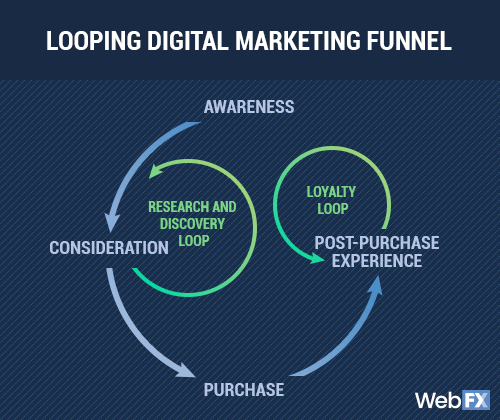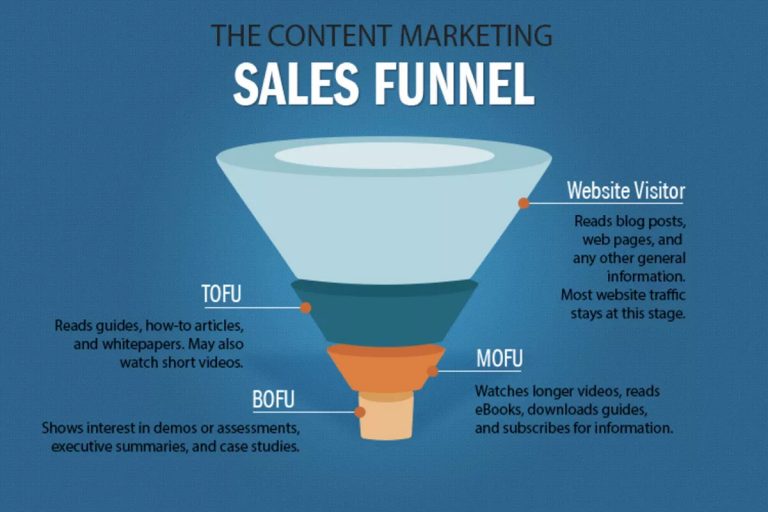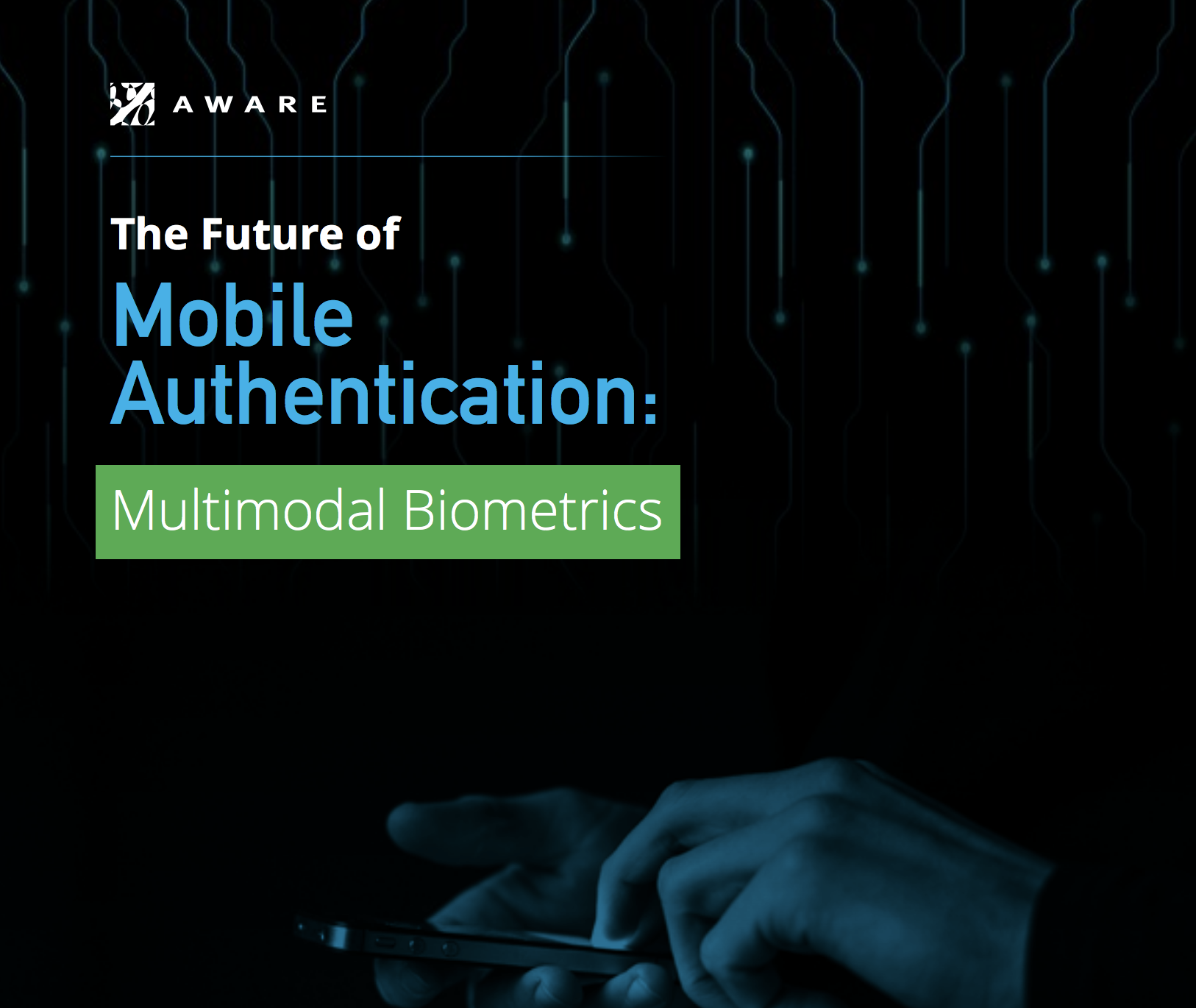A decade ago, Software-as-a-Service (SaaS) wasn’t a part of our vocabulary. Today, this seamless subscription software is as ubiquitous as the cloud and is utilized by businesses across industries for its ease of installation and numerous capabilities.
Yet, as practical and beneficial as SaaS is, it’s not the easiest product to market.
SaaS marketers must take a different approach than traditional promotional teams to reach their core audiences and engage existing users to renew their subscriptions with an intangible service offering.
With that goal in mind, let’s take a look at how you can create an effective SaaS marketing strategy.
SaaS Marketing Has Different Challenges to Overcome
Marketing is always evolving, but typically relies on capturing the consumer’s interest at the top of the sales funnel with your product and enticing them down the path to purchase. With SaaS marketing, however, marketers have different challenges to overcome to stand out in the B2B landscape, including:
Product: First and foremost, SaaS marketers are faced with presenting an intangible product to the public. Without a visual product to market, teams must get creative in presenting the value proposition to potential and existing customers alike in an engaging way.
Pricing: This is one of the most important aspects of marketing any product or service, but especially so for SaaS. SaaS products are typically offered as subscriptions with multiple tiers and deals, marketers must know how to present this information to convert leads into sales.
Customer: Many SaaS providers operate in the B2B arena. These customers require detailed, personalized content that educates them on how SaaS will benefit their business and help them with the decision-making process. Understanding the unique complexities of SaaS platforms, such as their reliance on ongoing subscription revenues, highlights why observability is important for maintaining system health and optimizing performance to support a strong customer retention strategy.
SaaS vs. Traditional Software Licensing
The SaaS market may be different from other industries and business models, but it still directly competes with traditional software licensing. To market SaaS, teams must highlight the value it has over other software offerings.
Many businesses are switching to SaaS over traditional software because of its:
- Lower upfront costs: Unlike other services where you pay one upfront fee for ownership, SaaS customers typically pay on a per month or yearly basis with lower fees.
- Accessibility: Because it typically lives in the cloud, a SaaS platform can be accessed from any computer or device with credentials and internet connection.
- Automatic updates: There’s no need to manage or install software updates. With SaaS, you will always be using the most updated version available.
- Security: SaaS typically runs across multiple data centers and automatically implements data backups and recovery.
Because SaaS is based on a subscription model, the sales cycle differs from that of traditional licensed software. That means you can’t rely solely on a traditional marketing strategy to succeed. Customer retention is just as important as customer acquisition for a SaaS business, so you have to put just as much focus on forging strong relationships with existing customers to make your brand count amongst the popular SaaS companies.
While most other industries selling products or services earn their revenue through upfront costs, SaaS providers rely on users to periodically renew their subscription for recurring revenue.
A simplified breakdown of the SaaS sales cycle is carried out in three parts:
- Customer acquisition: Support lead generation to earn new users, through marketing automation efforts, free trials or referrals.
- Conversion: Convert these users into paying customers by having them sign up for a subscription.
- Retention: Convince existing customers to renew their subscription.
This unique sales cycle influences how marketers need to approach their software marketing strategy. As important as lead generation is to attracting new users, you cannot ignore the buying power of your existing customers. SaaS businesses rely on recurring revenue from subscriptions, meaning their sales process is less like a funnel and more like a continuous loop where customer retention is paramount to their bottom line.

Delivering marketing content that speaks to both potential and existing users and highlights the value proposition of the SaaS product is one strategy, but it can also be beneficial to target these different audiences and buyer personas with specific campaigns.
For instance, potential customers may be more interested in how the software works and how it can benefit their current business operations. New customers and existing users, on the other hand, are already familiar with your SaaS brand, but will be more interested in how your solution will continue to add value — for instance, through new offerings, updates or offers that would make renewing their subscription worthwhile.
Understanding the unique complexities of this business model helps SaaS marketers create successful campaigns that support any goal, whether it’s brand awareness, demand generation or customer retention.
What Kinds of Campaigns Can SaaS Marketers Create?
The most important thing for B2B marketers to keep in mind is that converting leads is a marathon, not a sprint. Be prepared when you begin inbound marketing campaigns for the reality that it can be months before you see results. Also, it may take a few tries at re-optimizing or positioning content to see the gains you desire.
Here are just a few various strategies and channels that SaaS marketers can utilize for their campaigns:
Content Marketing
Content marketing drives sales by appealing to customers throughout the entire sales funnel. By creating value for buyers through personalized, optimized content before they make a purchase, marketing teams can create top-of-mind awareness in their potential customers.
Different content types are more effective at various points in the B2B sales funnel. Here are a few examples of content SaaS marketers can use to their benefit:

White Papers: Are an opportunity to inform existing customers and potential leads about your product or additional topics. Heavily reliant on data, these marketing materials appeal to a B2B client’s desire for facts and an in-depth understanding of a chosen topic.

Case Studies: Are essential and dynamic forms of marketing collateral that can work the top, middle or bottom of the funnel. They help prospective customers that want to learn how the product or service has benefitted other clients, or better yet, operations specific to their industry.
eBooks: Are a great way to share information in an easy-to-read format with visually compelling design elements. By choosing a topic that appeals to your target audience, you can educate them on your product and provide great resources to share during the onboarding process.
Infographics: Are an eye-catching way to present your product’s most important information to prospects. Highlight statistics, facts or directions that translate well in a visual, artistic format that can be used alongside your other marketing collateral.
Blogs: Are a great resource for evergreen information that visitors to your website can easily find. Choose topics that answer your customers’ most commonly asked questions or present solutions to common problems. Carefully choosing topics and keywords can also help your website rank better. You can create timeless evergreen lists and how-tos, focus on current events and trends, or a little bit of both. Share your blog content across media platforms like social and email to engage with a wider audience.
Social Media Marketing
Social media marketing is a great way to engage with your audience and beyond. While you may not immediately think of utilizing influencer marketing on social platforms to market SaaS, this approach can result in 11x higher ROI than other forms of digital marketing. Partnering with an SEO or SaaS industry expert on Twitter to share a promotional video or user-generated content can help engage your niche audience and start conversations.
Email Marketing
A dedicated, well-thought-out email marketing campaign can generate incredible ROI. It can be the most effective way to begin a relationship with a potential customer and a great means to inform existing users on product updates while fostering the continuous communication necessary to entice a subscription renewal.
Co-Marketing
If you’re looking to stretch your marketing budget while directly reaching potential customers further down the sales funnel, pooling your efforts with a related (but not competing) brand can be effective. For instance, if you sell SaaS exclusively for law firms, consider consolidating marketing efforts with a specific lawyer desktop application or work alongside a well-known law firm to simultaneously market your products and services.
Subscribe to
The Content Marketer
Get weekly insights, advice and opinions about all things digital marketing.
Thank you for subscribing to The Content Marketer!
Our Top SaaS Marketing Tactics to Consider
Developing your SaaS marketing strategy can help you reduce churn, grow your subscription base and more. With this complete guide of marketing tactics and best practices, we can help you make your brand stand out from the competition and encourage your consumer base to convert.
1. Provide a Free SaaS Trial
New potential customers may be more likely to commit to your business if they can take it on a test run first. You can’t lose much on SaaS customer acquisition, even if it starts with a free trial. Consider this your opportunity to show off your product and customer service team in a way that encourages that new customer to start a subscription.
2. Prioritize SEO and Content Marketing
SaaS content marketing offers a significant opportunity to grow your business. Those who are interested in diving into a SaaS platform are likely already doing their research on it, which means getting your brand name out on the internet is critical to your ability to grab readers and convert leads. Creating blog posts based on keyword research can help improve your blog performance and potentially increase your search potential.
Don’t just pay attention to your blog. Think about your website as a whole. A search engine optimized website can drive organic leads, giving you the chance to take a step back from paid advertising.
3. Boost Your Reputation on SaaS Review Sites
Online reviews rule the world — they can truly make or break your business. According to Trustpilot, 89% of consumers around the globe rely on online reviews to learn about a product or service before making a purchasing decision. Encouraging current subscribers to leave reviews about their experience with your service is a great way to improve your online reputation and inspire others to learn more about your business.
4. Make Referrals an Incentive
Referrals are a great way to get current customers to encourage a prospective customer to join. Something as simple as offering a month or two of free service can excite your current consumers and make them want to stick around for the long haul.
5. Ensure Your Sign Up Process is as Simple as Possible
If you’ve noticed an increase in bounce rates on your website, it might be because of your sign-up process. It should be simple and seamless to sign up for your services. Having too many steps for your potential customers to use your products can make them change their minds in an instant, especially if they’re not fully committed to begin with. Review your current processes and make sure it takes little to no effort to get started.
No Matter Which Marketing Channel You Use, Make Your Campaign:
Memorable: In B2B organizations, the typical buying group is composed of 6 to 10 stakeholders (though it’s not uncommon for there to be more), each with a unique user persona. Each of these stakeholders is being bombarded with messaging, so it’s important the experience is memorable to everyone. This could mean varying your content to appeal to different audiences further down the sales funnel.
Original: SaaS is on an upward trajectory, and isn’t slowing down anytime soon. The market currently brings in $141 billion per year and there are tens of thousands of SaaS companies large and small trying to carve out a piece of this lucrative business. To have your product stand out, make your marketing campaign original. Conduct your own research — the more specific to your industry the better – and include findings on ROI and other facts in your marketing material.
Optimized: Optimizing your marketing materials can help them gain visibility online. Beyond search engine optimization (on-page optimization in particular), you should also enhance the user experience (how they consume your content) and make sure it supports your marketing strategy to create a seamless brand experience.
Digestible: 77% of B2B customers find the purchasing experience to be “extremely complex” or “difficult.” Creating a positive buying experience begins with marketing. Ensure that the shared materials are easy to read and only include the most important information relevant to making a purchase (price, purpose and potential ROI). Then, as customers move down the sales funnel, tailor the content to be more specific to how your product is used.
Engaging: Making your content interactive and engaging is key from standing out from the competition, and 88% of marketers have already seen success from this strategy. Marketing materials are sometimes the first interaction a consumer has with your brand, so making it engaging by including calls to action and surveys can be the first step in a successful relationship.
Tools To Help You Succeed
After identifying the channels and content that will be most beneficial for your campaign, you should utilize tools for creating materials, managing their release and tracking results. A marketing campaign is only successful if it’s continuously managed and re-optimized to improve its performance.
While B2B marketers understand the value behind a dedicated marketing campaign, only about 46% have a documented content marketing strategy in place to manage and track marketing activity. More concerning is that only 18% of these marketers believe they have technology in place to accomplish this.
Luckily, there are a plethora of tools that can make rolling out a SaaS marketing plan a breeze. Here are just a few applications that can help you create, manage and track whichever marketing campaign you choose to undertake:
Google Analytics: This free tool is everything you love about Google services and more. Once you launch your content, you can gain insight into how users find your website and how your marketing campaigns are performing. It’s one of the best tools for tracking SaaS marketing metrics and better understanding what content your users are engaging with.
Google Search Console: This is the tool for monitoring traffic and performance on search. It shows you how often your site appears in search engine results pages (SERPs), what your average position is in those SERPs, how often users click and much more. Don’t do digital marketing without Search Console.
HubSpot CMS: For the best start-to-finish experience, HubSpot’s content management system can help you host all of your content on one integrated platform. Create and edit all of your content, send it out to the world and then manage, optimize and track its performance.
HootSuite: Specifically for social media campaigns, this tool can help you manage multiple networks, instantly connect with potential customers and grow your brand in an engaging way.
Creating and managing a successful marketing campaign takes time and knowledge, so many marketing teams may turn to content marketing specialists to do it all. They are equipped with all the tools needed to manage campaigns and track conversion rates while you focus on other aspects of your business.

SaaS Startups May Need To Start Small
If you’re just entering the SaaS scene as a startup, you may feel overwhelmed by the seemingly endless SaaS marketing tactics and campaigns already undertaken by your competitors. It’s important to keep in mind that as a new company, you probably don’t have the budget to manage large campaigns, but you can still benefit from creating and sharing diverse content through different marketing channels.
Simply said, a smaller SaaS company will probably benefit from utilizing a different strategy from their larger counterparts. Growth hacking, in particular, can be a great way to help small businesses steadily grow relationships with their target audience. By identifying user personas and crafting content to appeal to them, you can cast a wide net at the top of the funnel and guide them through the sales process.
A large SaaS provider with an established marketing plan and budget could benefit more from flipping the sales funnel on its head in an approach known as account-based marketing. By removing soft leads and only focusing on companies that are very likely to become customers at some point, you can get the most out of high-value accounts. In an industry that relies on recurring revenue from subscriptions, focusing on customers at the bottom of the sales funnel and existing users can be the best way to increase revenue.
Creating an effective SaaS marketing strategy takes time, knowledge and dedication to the project. You must be patient when waiting for results and ready to pivot your strategy at any given time to appeal to different audiences and nurture valuable relationships.
With this information in mind, you’re on your way to crafting and executing a marketing strategy as innovative as your SaaS model.
Editor’s Note: Updated January 2022.





